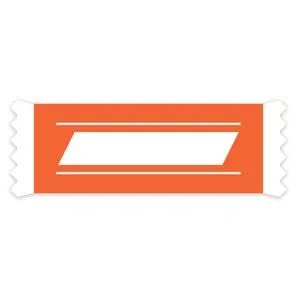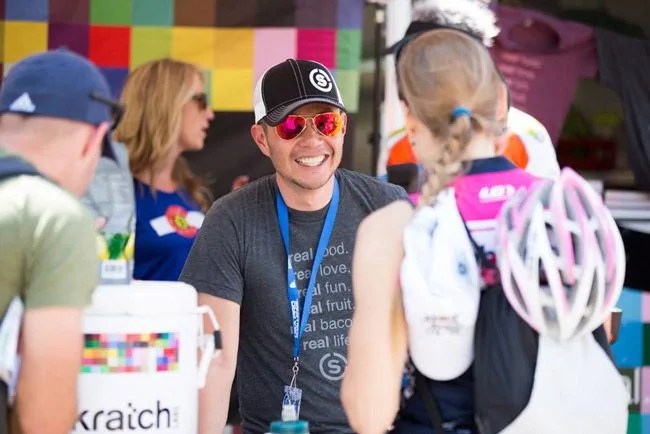My first real endurance challenge was half a lifetime ago, when a couple of friends from my high school track team and I hatched a plan to ride our bikes from our rural western New York town to Pennsylvania and back. The ride wasn’t massive — roughly 85 miles with 5,600 feet of climbing — but for scrawny, unproven kids on knobby tires, it sure felt like it was. Our nutrition plan (we didn’t call it that, obviously) was naively straightforward: eat when we were hungry, and sip water every 15 to 20 minutes. It sounds simple, but it worked. Nobody “bonked” or “hit the wall”, and we all made it home in one piece, tired but otherwise not much worse for the wear.
Nowadays when I set out for a century ride or an 18-mile training run, I’m far more likely to stuff my pockets with a fistful of convenient, easy-to-carry “sports nutrition” like energy bars, caffeinated gels and a bottle full of electrolyte-rich drink. It’s what we’re supposed to do for optimal fueling — the very same thing the pros do — right?
If I’d asked Dr. Allen Lim, sports physiologist and the founder of Skratch Labs, I might’ve been better off when I was a kid. “Amateur athletes rely too heavily on neon-colored, prepackaged, rad, weird, pseudoscientific marketed products”, he says. And those products are often loaded with excess ingredients — emulsifiers, food colorings and artificial flavorings — that can give you a bellyache and, recent research shows, will destroy the good bacteria in your gut. It doesn’t sound like a big deal, but Lim argues otherwise. That bacteria is key to maintaining immune function, and killing it stimulates an “inflammatory response inside of the gut that’s associated with severe metabolic disorders, like excess belly fat, insulin insensitivity and blood glucose dis-regulation.” Put another way, we’re throwing our bodies incrementally out of whack, which makes us feel like crap when exercising and, on a societal level, increases incidence of diabetes, food allergies and other serious health problems.

For most casual athletes and weekend warriors, sports nutrition products are just one small source of such excess ingredients, and not likely to be the main factor that ultimately breaks us. So what’s the big deal?
The Hurried Man’s Approach
Because there are so many variables affecting how much fuel you need for a given effort, Allen Lim has come up with this rough-and-dirty, fail-proof plan for getting home.


